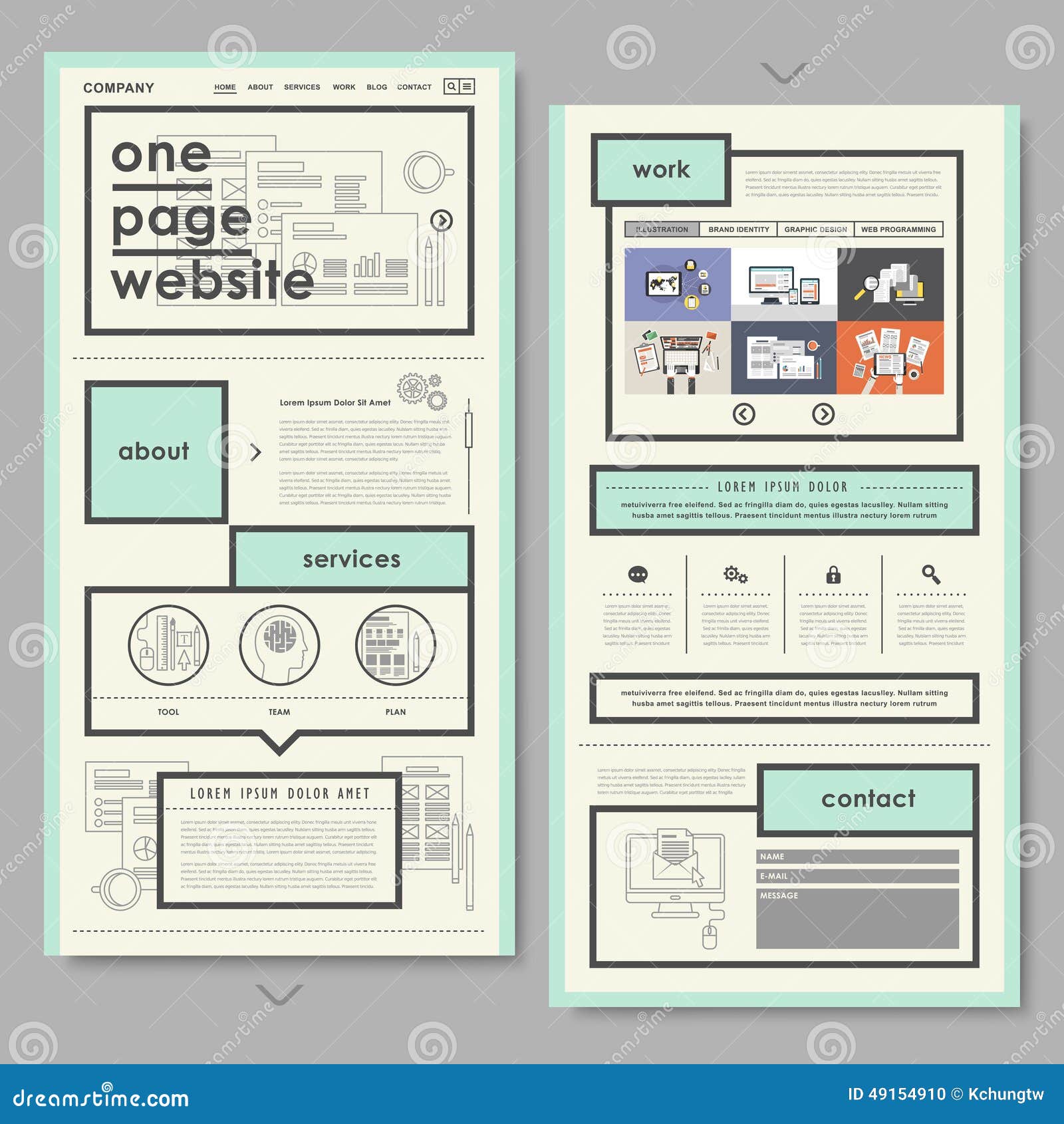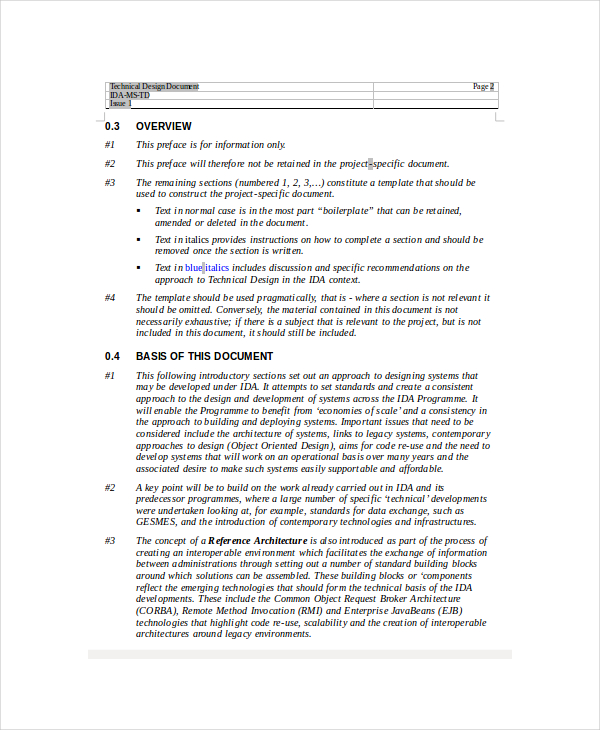Table Of Content
- Agency Capacity Planning: Strategies for Higher Profitability
- Get a printable version of all questions and answers & bring it as a cheat sheet to your next interview.
- Why is design documentation essential?
- Mastering NOISE Analysis: Techniques for Effective Strategy Development
- How to Create a Software Design Document?

However, you can invite others to join you inside of a workspace and collaborate together with the knowledge, projects, documents, and content inside of the workspace to collaborate with you. It is important that the entire team is on board with what needs to be built and how. Being in congruence with design requirements is also crucial while working with a client.
Agency Capacity Planning: Strategies for Higher Profitability
Guidelines provide clear instructions to the development team, ensuring consistency and cohesion. These rules serve as a reference point for coding standards, naming conventions, and architecture decisions. This ensures that the codebase is consistent, maintainable, and scalable. A general summary of the software and its functionality keeps goals on track and quickly informs new stakeholders of the overall mission. This should include essential components, identifying details, and a description of what the software will do.
Get a printable version of all questions and answers & bring it as a cheat sheet to your next interview.
Ford Confirms Tesla Shared 48V Vehicle Design Document - TeslaNorth.com - Tesla North
Ford Confirms Tesla Shared 48V Vehicle Design Document - TeslaNorth.com.
Posted: Sat, 09 Dec 2023 08:00:00 GMT [source]
However, note that you’ll want the context provided in this article to properly fill out the template. The design will evolve, and the changes should be captured in your document. In my 25 years of experience, I have never once worked on a project where this didn’t happen—and that includes my own applications (i.e., where I was my own client). Even then, I created a design document with detailed specifications, and adjusted it as necessary.
Why is design documentation essential?
To further assist you in creating exceptional UX documentation, we have prepared a downloadable template on Google Sheets. Use this template to create well-structured UX documents that effectively convey your design ideas and decisions. If your project has a design system, include documentation on its components and patterns. These components include icons, forms, buttons, cards, headlines, paragraphs, etc.
The user interface component of a project is by far the most challenging section of the design document. But these can’t be achieved if there’s any vagueness whatsoever about what the job actually is. If your client says that a design document is too much extra work, it’s your job to explain to them that the real extra work will emerge when revisions need to be made due to some sort of misunderstanding. If the client still insists that you advance without such a document, you should accept the fact that you have an unworkable relationship and walk away.
How to Create a Software Design Document?
Too much rigidity in the process may stifle creativity, hinder adaptability, and lead to difficulty accommodating changes. On the other hand, an overly flexible approach might lead to inconsistency, less predictability, and challenges in managing the project effectively. Software development is a moving target—requirements change, technology evolves, and unexpected issues arise. In many cases, visual aids, such as charts and diagrams, can be more helpful in conveying your point than plain text. In Nuclino, you can embed live diagrams by simply pasting a shared link from draw.io, Gliffy, or Lucidchart. The breakdown of how and when you plan on executing each part of the project.
Even though this is a guide for writing useful GDDs, that doesn't mean that every team or every designer has use for them, and that's good to know going in. You may also want to include sales goals, target demographics, or goals for the game as an expression of your ideas. What do you want to accomplish with this game as a piece of art, cultural artifact, or commercial project? Your specific project will dictate the importance of any of these given areas, but it's important to know what you want to accomplish by making this particular game. Whatever specific form your GDD takes, it should effectively, efficiently communicate your design and the core features you (or you and your team) will need to build.

High fidelity wireframes provide a realistic image of what the user interface can look like after development is completed. Similarly, the design guidelines may also include important information related to business graphics, branding imagery, and more that may not be readily accessible to the development team. A design document is incomplete without including a deliverable that references how the design should be developed. As can be expected, it is only logical to begin the design document with some general information regarding the design project. This document is drafted by either the design team, the project manager, or a combination of the two. Either the design doc is never prepared, or its creation is left till the very end of the product design after all the design elements are set in stone.
Behind the Scenes: The Art of Game Design - HeadStuff.org
Behind the Scenes: The Art of Game Design.
Posted: Mon, 19 Feb 2024 08:00:00 GMT [source]
Benefits of software design documentation
See how design choices, interactions, and issues affect your users — get a demo of LogRocket today. To limit information overload, break down complex content into easily digestible chunks using bullet points and lists. For example, you can put your user personas and journey maps in a section designated for user research–related content. Your first SDD draft isn’t set in stone—it’s just the beginning of an ongoing process. The focus here is on ensuring the system’s long-term viability—ensuring it launches successfully and stands the test of time.
Finally, the design document provides the guidelines for how the project will be evaluated and how to treat obsolescence. Plan for it or be doomed to face its meaningless void (okay, maybe not that dramatic). Planning when to update or remove the course from circulation is critical to your learner’s overall experience.
Milestones can be in the form of functionalities and / or components, or possibly in the form of independent applications should the job description include a full suite of deliverables. At a minimum, milestones should provide a clear metric toward completion. The point here is for the product owner to answer these open ended questions as well as they can, and then for the developer to ask follow up questions once they receive the answers. As a result, you will dramatically reduce the risk of miscommunication and the need to write additional code. Even if the product owner sends clear illustrations created by a graphic designer, the graphic designer almost always is not also a strong programmer. Ideally, it would be nice if product owners had already written one, but in the likely scenario where they haven’t, developers should have one and send it to their client to review.

As long as the design document helps you weed out projects that are not practical or viable, it was worth the time you invested in writing it. If your coding project is going to be an application, it will have a user interface, unlike If your project is a library or something similar. As clients, UX designers, and programmers discuss and plan the user interface, it’s easy for the lines to get crossed. If the client doesn’t adequately communicate their vision, your teams might build out the user interface only to have the design shot down. While every document will be unique to its project, the overall structure of SDDs is fairly consistent across projects.
Creating an SDD is no walk in the park, even for experienced managers. Slite's software design specification template makes writing up a project plan far smoother. Now that you know the essential components, let's cover how to write a software design document. When there are clear milestones combined with an outline of functional goals, a detailed design document template doubles as a kind of product roadmap. Milestones such as core app services and data development provide expectations of a healthy timeline while maintaining transparency.
And finally, you have high-fidelity, which is the most detailed and visually polished representation of the user interface. This section should briefly summarize the document and include information such as the project’s goals, objectives, and vision. This section is a chronological record that captures the history of document revisions. It keeps track of dates and details of every change made, ensuring transparency and accountability throughout the document’s development process. Then, continue with follow-up questions about animations, navigation, user journey, and more.

No comments:
Post a Comment